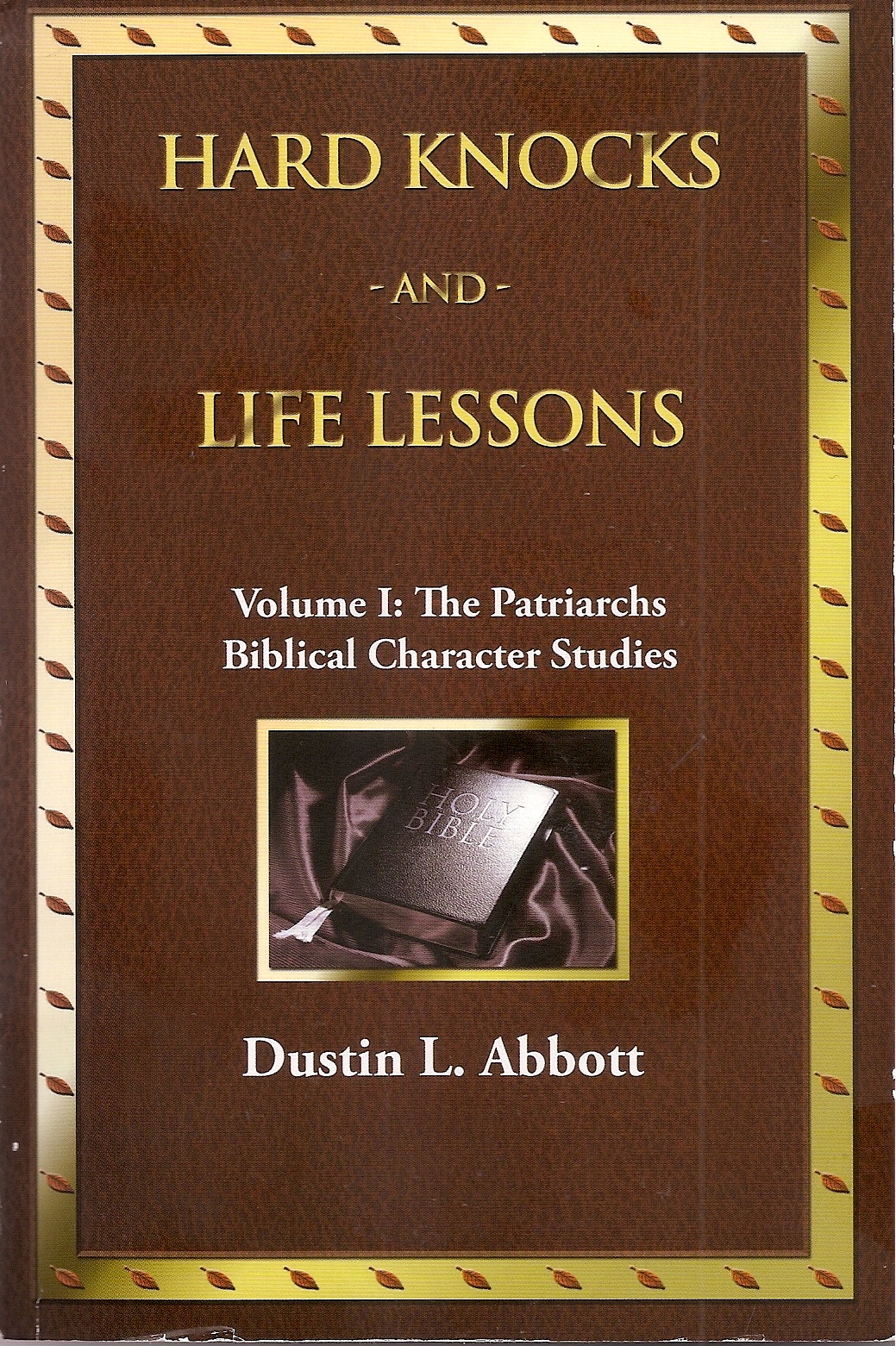This change on Earth took place somewhere in the 500 years of Noah’s life before we meet him scripturally. Earth was becoming rapidly populated, for people had extraordinary life spans as well as hundreds of years of fertility (we see children being born to men from age 65 to over 500 years old). Until Noah, the shortest lived person on record who died a natural death had been his father, who lived to be 777 years old!

By Dustin Abbott
To View the Entire Article, Click Here
To Download the Entire Article Directly to Your Computer, Click Here
To View the Outline, Click Here
To View the PowerPoint, Click Here
During the lifetime of Noah, this Earth went through another cataclysmic transition. In Adam we see a rapid transition from purity and innocence to a world where sin and shame existed. in Noah’s day, we see a culmination of the trends that began with Adam and Eve’s sin. It is remarkable how quickly sin progressed! Those who try to marginalize Adam’s sin (he only ate a piece of fruit, they say) disregard the fact that the next recorded sin by Adam and Eve’s firstborn son was murder. Rebellion against God’s way always has insidious results and terrible consequences. Cain would have never murdered if sin had not first been released by the of the fruit. That groundswell of sin and its consequences crept out with the burgeoning human population and reached a crescendo during the life of Noah.
The Tenth from Adam
Noah was the tenth from Adam, with only eight generations separating them. Because of the extraordinary lifespan of the ancients, Adam would have seen the majority of these generations into existence. Lamech, the father of Noah, was probably about fifty years old when Adam finally passed away. The biblical in the book of Genesis traces only the descendents of Seth. There is a secondary (limited) genealogical record given for Cain’s line in Genesis 4. Biblical genealogies tend to focus only on the principle line and those that would carry the narrative forward. Typically only the principle son (usually the firstborn) is mentioned for each generation. It is the line of Seth that is given the full genealogical treatment, because this was the line of righteous seed. This is not to say that every man in this line was necessarily righteous, but rather that this was the line that had both a righteous beginning and an ongoing God consciousness. The Bible states that when Seth’s line began, men began to “call upon the name of the Lord” (Genesis 4:26). This phrase speaks of using the holy name of God in worship. There was a deeper God-awareness in this line; Adam’s family entered into a new depth of relationship with God. That heritage and influence was enough to keep God a part of this family line for hundreds of years. Noah was from this line and was the tenth man in the genealogies from Adam.
This “revival” would not permanently last, unfortunately. This view is disputed, of course, but I believe the early verses of Genesis 6 describe a period in which the two genealogical lines merged and started intermarrying. I will deal with this in more detail shortly. The by-product of this unholy merger was that the spark of worship and God-awareness was lost in a wave of increasing decadence and sin. Genesis 6:5 records that this reached a point where the thoughts of people’s minds were constantly consumed with wickedness, and God’s desire for fellowship with mankind was rapidly becoming impossible. The sad fact is that within about twelve to fourteen generations the world had become completely corrupt. In fact, even before Noah was born, it was apparent to his father Lamech that this was the way that the world was headed. The pace of the genealogy is interrupted to include his comment at the birth of this notable son. He named his son Noah, which means “rest.”
To View the Entire Article, Click Here
To Download the Entire Article Directly to Your Computer, Click Here
To View the Outline, Click Here



